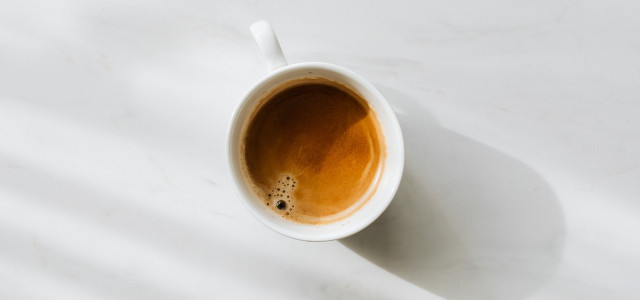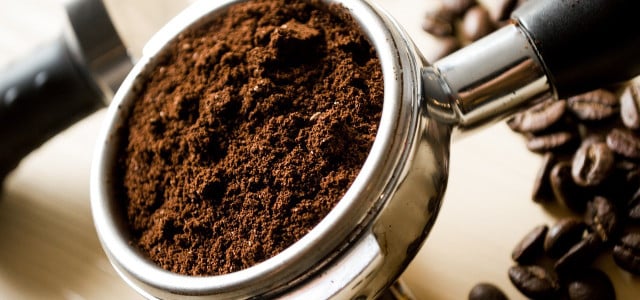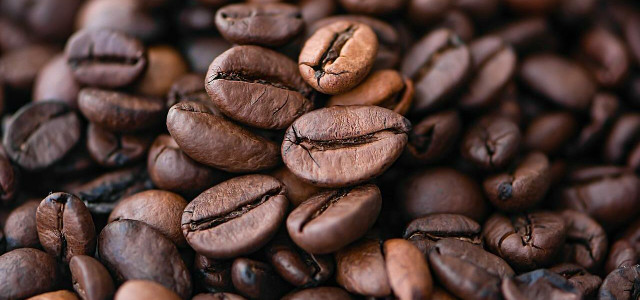Cold-brew coffee is smooth, delicious and gentle on your stomach. Learn what cold brew coffee is and how to make it at home with our simple, sustainable recipe!
If you’ve been wondering, “What is cold brew coffee?” get ready to dive into a world of unique, rich flavors. This increasingly popular brewing method, appreciated by coffee connoisseurs for over two decades, brings out the subtle notes in your coffee beans and offers a sustainable and healthful alternative for your caffeine fix.
We’ll show you how to make cold brew coffee from home — and why you should.
What Is Cold Brew Coffee?
“Cold brew” may sound contradictory as traditional brewing is usually associated with hot water. But this unique process uses cold water — throw in some ice cubes for an extra frosty brew.
The cold brew method extracts aromatic essences and caffeine from the coffee beans without heat. This makes it a healthier alternative to options like a Frappé or Nescafé, a sugar-free solution to iced coffee and a gentler choice for your stomach — with only around 15 percent of the acids found in hot-brewed coffee.
Baristas love the mellow aromas and unique rich flavors released through cold brewing. Ready to make cold brew coffee at home? Let’s get into the simple process.
Ingredients and Tools for Cold Brew Coffee
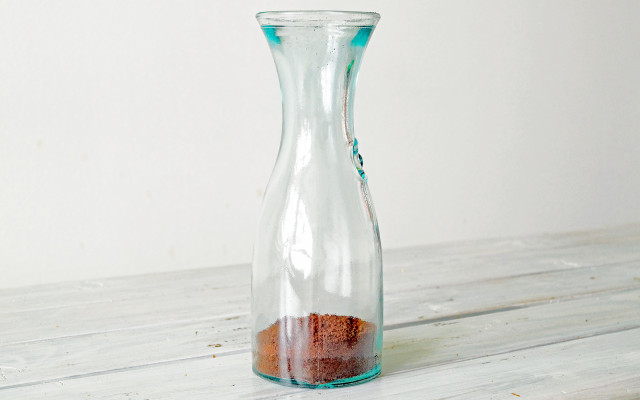


Our cold brew coffee recipe is simple but requires patience. The coffee needs to steep in cold water for around 12 hours on average. This time can vary — many coffee bloggers advise experimentation. The longer the coffee steeps, the more intense the flavors.
For about four 8-ounce cups of cold brew coffee, you’ll need:
- 3.5 oz. of Fair-Trade coffee beans: Fresh and coarse-ground beans are best. If you don’t have a coffee grinder (found on **Amazon), pre-ground coffee works too (found on **Amazon).
- Filter cone, coffee dripper (found on **Amazon) or French press (found on **Amazon)
- A pitcher or mason jar: You’ll need two if you’re not using a French press.
- 4 cups of cold water
- 12 hours of steeping time: About three minutes of actual work time.
- Ice cubes: You can also enrich the flavor with cream, milk or plant-based milk alternatives such as soy, almond or oat milk.
Do you know why it’s important to choose fair-trade beans? Read, Why Drink Fair Trade Coffee? Separating Fact From Fiction
How to Make Cold Brew Coffee Step by Step
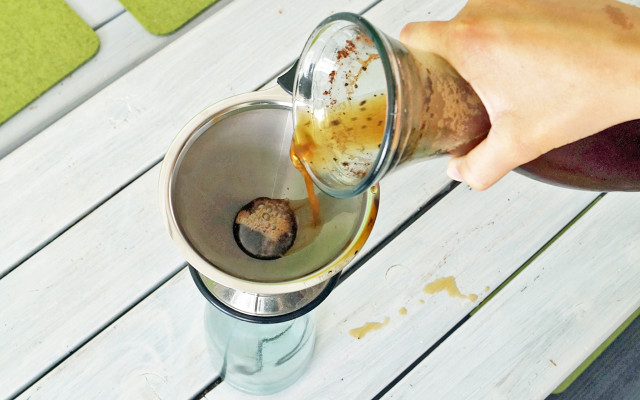


Here’s how to create a rich and flavorful cold-brew coffee at home:
- Pour the coarsely ground coffee beans into your pitcher or mason jar (or directly into your French press).
- Add the cold water, stirring to ensure all the coffee grounds are saturated.
- Cover the container and let the coffee-water mixture steep for around twelve hours or overnight.
- After this period, filter the coffee concentrate into your second pitcher or mason jar. If you’re using a French press: press down on the filter and pour the coffee into your container.
There is typically a small amount of liquid lost during the brewing process. To adjust for this, feel free to add a bit of water to the coffee concentrate to fill your container.
Now, your rich and flavorsome coffee is ready to be enjoyed — over ice, with milk or ice cream (even better: nice cream!) or with an ice cream alternative. For a fun twist, try nitro cold brew by adding your coffee to a nitro dispenser.
This cold-brew coffee will stay fresh in the fridge for up to 10 days.
A Sustainable Choice
Cold brew coffee is more than just a taste sensation — it’s a sustainable choice too. The process uses less energy than traditional brewing methods, which aligns perfectly with eco-friendly practices. Plus, brewing your coffee at home can help reduce the plastic waste associated with disposable cups and lids.
When choosing your coffee beans, always consider the sustainability efforts of the brand. Look for Fair Trade, Fair Trade Certified or USDA Certified Organic labels. These certifications ensure the beans are cultivated adhering to environmental, social and economic sustainability guidelines.
So, whether you’re making this cold brew recipe or just preparing a hot cup to start your day, ensure your coffee choice is a sustainable one. Now, savor your sustainable, rich-flavored caffeine fix with cold brew coffee!
Read more:
- How Does Coffee Decaffeination Work? The 3 Methods Explained
- 10 Coffee Substitutes That Are Tasty, Healthy, and Energizing
- What Is Specialty Coffee and Is It Really Sustainable?
Do you like this post?







